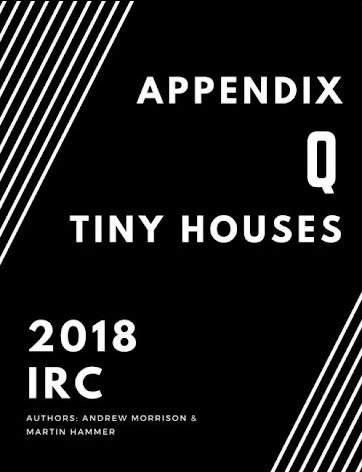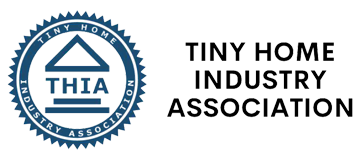Appendix AQ
Everything you need to know about IRC Appendix AQ model building code for tiny houses.

“As advocates, one of our first building code tasks was to get the IRC to recognize the unique product of foundation-based housing under 400 SF (now applies to movable tiny homes too!). To that end, our organizations and members helped write and approved Appendix Q in the 2018 IRC.
We recently updated that in the newly approved 2021 IRC code Appendix Q. We continue to lobby the 50 states to include Appendix AQ in their building code updates—and are pleased to report that the effort has been quite successful.”
-THIA President Dan Fitzpatrick
Watch documentary "Living Tiny Legally: Part 2" to see history-in-the-making!
"Becoming a THIA member helped me bring tiny houses to my town. Now, I can live where I want and how I want, legally."
-Jessica B. San Jose, CA
"We entered the Tiny House on Wheels industry because we felt that this product is both of vital future importance, and also that the industry would benefit
from experienced professional construction and standards. THIA stands for exactly these things which are the reason we started building tiny homes in the first
place.
With THIA I feel confident that we are moving towards a fair and correct set of national standards, and as this is an organization that has a real purpose, not just a name and a sticker, we will be a member moving forward. It's also fantastic to have somewhere to get some feedback or secure a referral."
- Jerry Terry, Decathlon Construction
